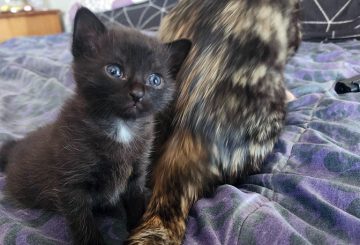Veterinary teachers at Massey University’s School of Veterinary Science have won an international award for their innovative use of animal models in teaching, instead of using live animals. The teachers have been recognized with the Lush Prize, the largest award for efforts to end or replace animal testing, for their work to completely eliminate the use of real sheep in a fundamental surgical teaching class.
The teachers have spent years looking for creative materials to build animal models. These range from simple models made from various items to complex ones like Harriot the Hereford, a realistic calving simulator. The calving model, which cost $75,000 and was imported from Canada, allows a flexible model calf to be positioned inside the fake cow in any way a real calf could become stuck.
The use of these models allows students to learn how to identify when a calf is mispresented and how to reposition it for safe birth. The staff have also built basic models for suturing practice, using materials such as silicon and different grades of leather.
The teachers also use fake dog vomit to help students learn to diagnose canine illnesses. They can then dispense fake drugs from a dummy pharmacy and give intravenous therapy to the fake dog.
While the teachers are working to replace real animals with models for the most invasive exercises, real animals are still used extensively to help students learn handling and examination. However, the models mean students already have crucial skills mastered before they have to use them on real animals.
The money awarded from the Lush Prize will be reinvested into the clinical skills models at Massey, according to the head of the School of Veterinary Science, Professor Jon Huxley. He also noted that a global movement to replace the use of real animals in teaching is taking place, with veterinary teachers sharing ideas internationally.





























































